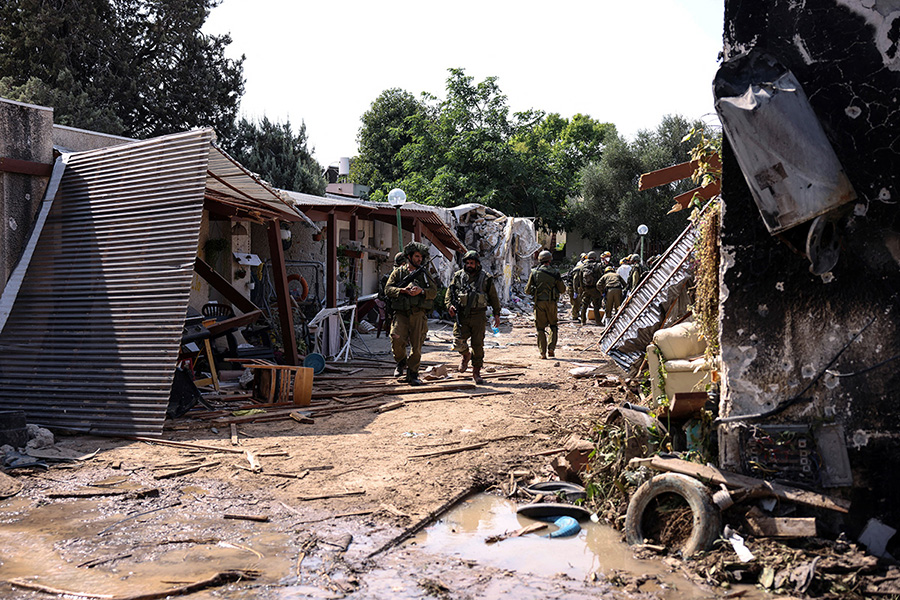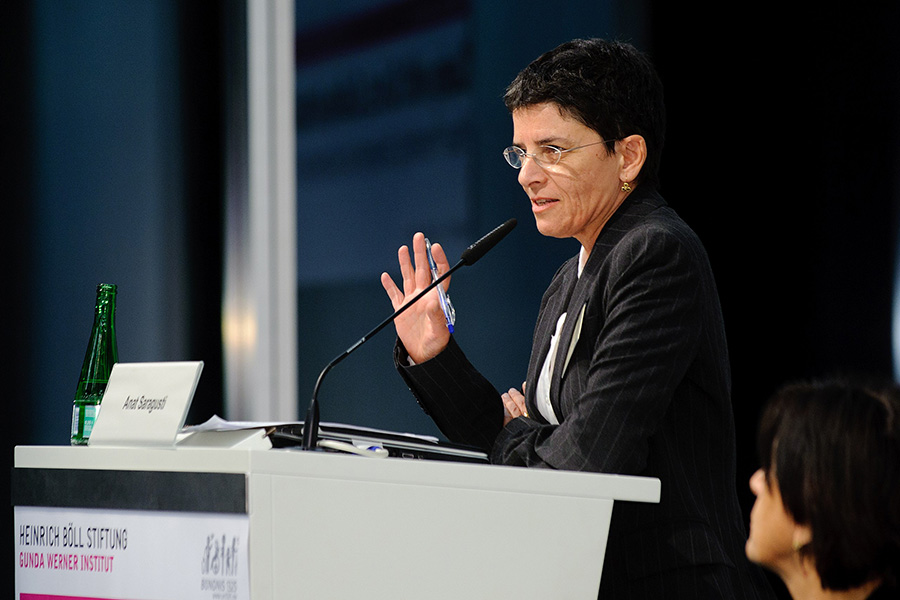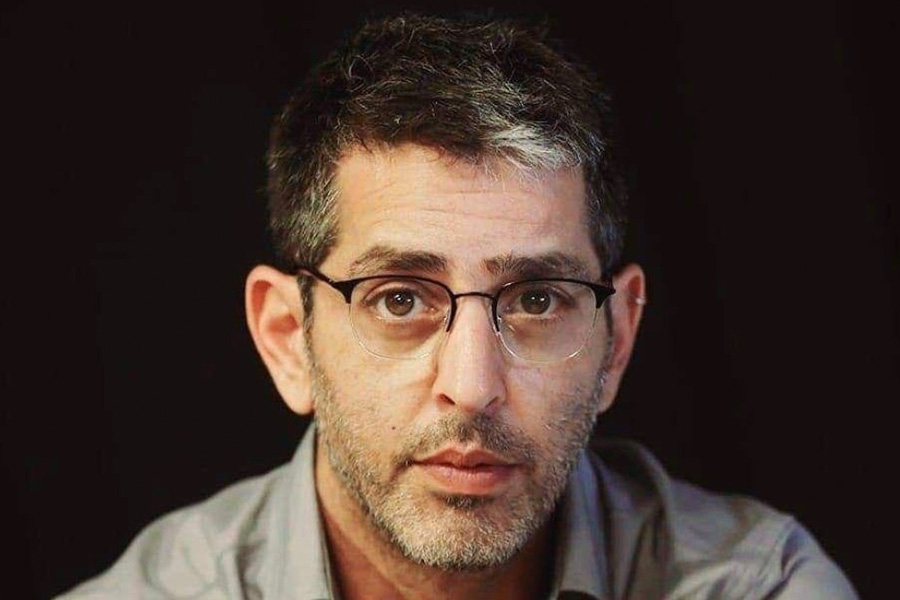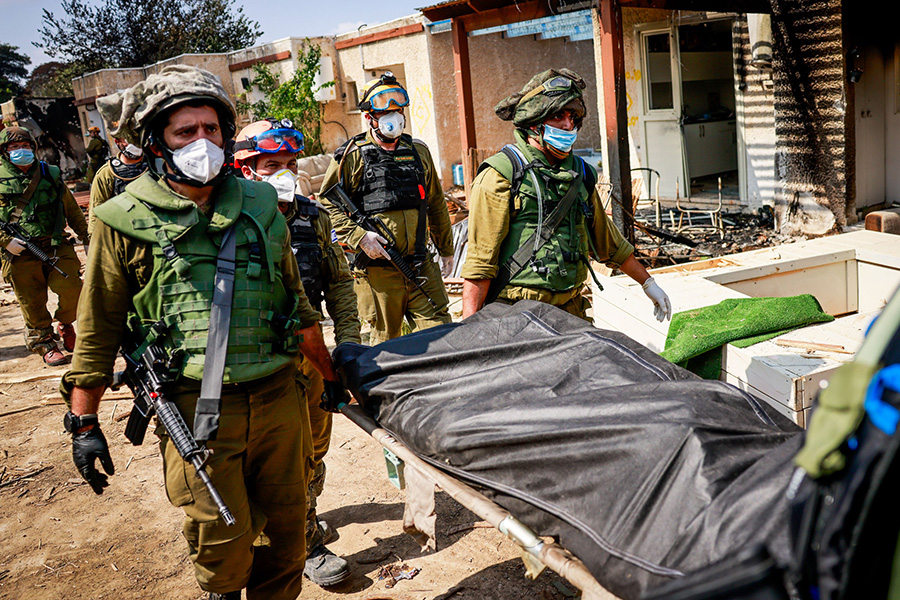Reporters need helmets, body armor, and psychological support. What challenges do media in Israel face?
Israel encountered multiple media challenges after the ruthless assault by Hamas militants. On the one hand, journalists are trying to figure out the reason behind the intelligence and special services breakdown and the government’s accountability. On the other hand, they dispel fakes and reconstruct the chronology of terrible events bit by bit.
BAJ interviewed Anat Saragusti from the Israeli Union of Journalists, who was a correspondent in the Gaza Strip for many years. We discussed how the media responds to public demands and their reactions.

Society unanimous about demanding an investigation
One of the primary queries raised immediately after 7 October 2023 invasion is this: how did the armed forces, intelligence, and special services permit it to occur? There are still no clear answers. Only a few preliminary predictions were made, such as not noticing the uncommon signal communication activity in the Gaza Strip, trusting propaganda from Hamas, and others.
“Obviously, the attack had been planned for months and was kept secret,” says Anat Saragusti and immediately warns that in the event of an alarm, she would have to interrupt our conversation and go down to the bomb shelter. “Hamas militants managed to disable the warning devices, but Israeli intelligence did not caution against the threat. This came as a shock because our government has always boasted that we have one of the strongest armies in the world, the best technology, the best intelligence services.”

The journalist calls what happened a collapse. Israelis keep asking each other: where were the politicians? The society has clearly articulated a request for an investigation, which is already being launched by the country’s biggest media outlets. In this sense, great expectations are placed on journalists.
“While the government has been silent, the media has shown their great worth”
Anat Saragusti said there was a lack of information amid the shock after the Hamas invasion. The public was waiting for clarification on what to expect and how to proceed. But the politicians remained silent.
“At first, government agencies did not provide information,” she says. “However, the media showed their great worth. While the government stayed silent, the media were gradually revealing details of how the militants managed to infiltrate across the border.”
The spokesperson for the Israeli Union of Journalists does not wish to highlight any specific media outlet and underscores that all media outlets have exhibited cohesion by putting aside their disparities. Perhaps except for a TV channel that broadcasts the views of right-wing politicians.
Views on Israeli news sites, YouTube videos, and the number of subscribers to media accounts on Telegram have skyrocketed. This best demonstrates the demand for important information.
Media sector losses: two dead, one missing
В первые же часы атаки террористов жертвами нападения
In the first hours of the terrorist attack, several journalists fell victim to the attack. They, like many other citizens, were in the south of the country in their homes early in the morning.
One of them was Roy Idan, who managed to take several pictures, including of missile tracks in the sky. He was last seen by neighbors with his 3‑year-old daughter in his arms. The journalist was covered in blood and probably suffered a gunshot wound. His whereabouts are currently unknown. Idan’s family and friends believe he was kidnapped with the child and may be held hostage in the Gaza Strip.

According to the Israeli Union of Journalists, two other media representatives were victimized by the gunmen. One is a photographer who lived in the South. The other is an army radio producer who was at a party a few kilometers from the Gaza Strip.
“Not everyone is able to deal with what they see alone”
Over the past week, journalists from dozens of Western media outlets have traveled to Israel, including crews from major TV channels: ABC, CBS, BBC, and others. Thanks to reporters, horrifying accounts of the Hamas attack are flooding the world’s public space.
“Journalists work in danger, so they often request body armor and helmets,” explains Anat Saragusti. “They also ask for psychological support, which we offer to media workers. Not everyone is able to deal with what they see alone.”

Fakes: outright deception and splintering narratives
Local media show their commitment to professional standards and understand the burden of their responsibility, as emphasized by the Israeli Union of Journalists representative.
“Many videos are now emerging and are being widely shared on social media and messaging apps. However, not all of them are trustworthy, and some are deliberately spread around to cause disinformation,” Anat Saragusti stated. “Many of these falsehoods pertain to individuals who are reported missing. In this sense, most media outlets scrutinize facts before releasing sensitive data.”
Historically, a standard has emerged in a warring country – waiting for permission from security agencies before publicly announcing the death of a serviceman or policeman. The immediate family and relatives are notified first. And only then does the media get the right to publicize sensitive information.
There is also an established practice of responding to fakes that are regularly thrown in via social networks and messaging apps. As a rule, the media manage to refute them quite quickly, notes the BAJ interlocutor.
Here is one recent example. A video of an Israeli woman with her children, allegedly released by Hamas, began circulating in Telegram feeds. It was presented as an act of mercy.
It turns out this story is completely false. Journalists quickly found out that the woman’s name was Avital Aljam and that no one had kidnapped her. An important fact: the children of her friend killed by militants were next to her in the video.

“Another form of false information aims at splitting Israeli society,” adds Anat Saragusti. “There are claims that protesters against judicial reform are to blame for the army’s unpreparedness during the Hamas invasion.”
According to her, it breeds mistrust and fuels hatred and feelings of revenge. Dealing with such a challenge will be a non-trivial task for Israeli society. In this case, the media’s role cannot be exaggerated.
Turning crisis into an opportunity
The greatest expectations of the public, of course, are related to the coverage of the fighting and the evaluation of the government’s decisions. Politicians have yet to hold themselves accountable for the last week’s events.
“There needs to be a complete investigation into the most devastating occurrence in Israel’s history,” Anat Saragusti shares the popular viewpoint. “It’s evident that the government officials are accountable for the incursion, for abandoning citizens to confront armed rebels, and for the initial days of halting government proceedings.”
Journalists are expected to give a detailed exposé of the events of the last few days. This is a general opinion that is not questioned.
“As an Israeli citizen, I hope that this crisis will end the conflict with the Palestinians,” concludes BAJ’s interlocutor. “I would like to believe that we will use what has happened as an opportunity. And the current situation will not happen again.”
Read more:
Andrei Aliaksandrau’s poem recited in English: Solidarity action marks 1000 days of journalist’s imprisonment
«Independent media is experiencing a business model collapse, and society is subjecting itself to self-censorship.» Highlights from the Freedom House report
Physical threats, disinformation, censorship. Six modern challenges for the media
 @bajmedia
@bajmedia
